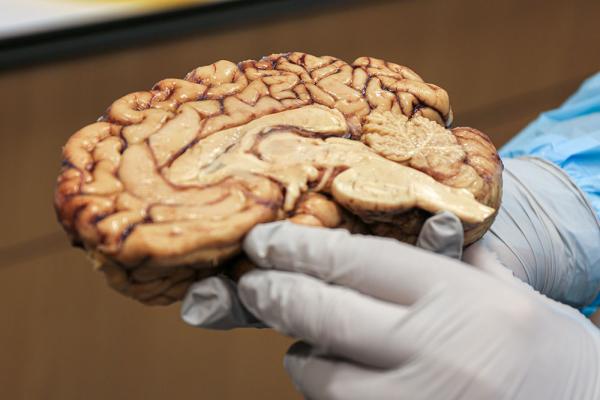Inside the NIH Brain Bank
IRP Group Supports Neuropsychiatric Research
More than half of Americans are registered organ donors, signed up to gift organs like kidneys and livers to patients in need of a transplant when they die. However, far fewer people have signed up to donate their brains to biomedical research upon their deaths. At NIH, the Human Brain Collection Core (HBCC) acts as a steadfast steward of this precious and scarce scientific resource, giving the brains of deceased donors a second life as a key driver of life-changing neuropsychiatric research.
Nearly 60 million adults in the U.S. suffer from a psychiatric disorder, and examining the brains of these individuals is indispensable for determining the molecular mechanisms underlying these diseases. Consequently, the HBCC provides invaluable assistance to scientists seeking to improve our understanding and treatment of such conditions. In recognition of World Mental Health Day today, let’s take a glimpse into how the Core is accelerating investigations into the mass of gray and white matter that makes each of us who we are.





